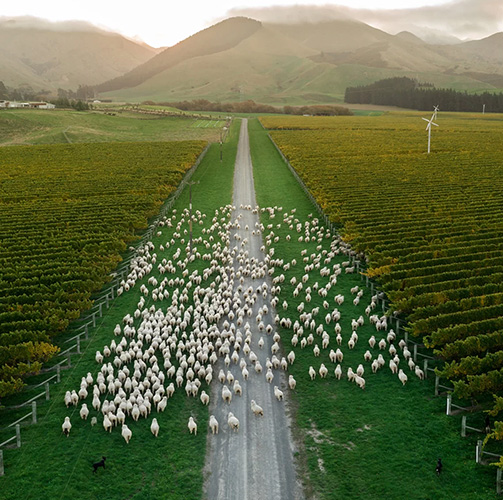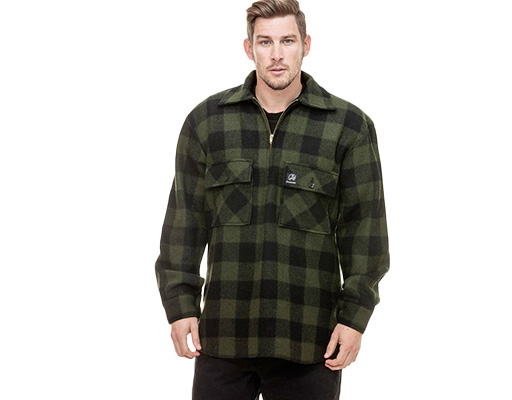Strategies for a Sustainable Future
Words by Annabel Barnett – Farmlands Commercial Manager
This article originally appeared in the Winter 24 issue of Country-Wide magazine.
Annabel Barnett is not only an important part of Farmlands’ Merchandising team, her Kellogg Rural Leadership Report “Growers Feeling Fleeced” – is getting attention, by exploring how market prices might improve for strong-wool growers.
In the realm of New Zealand farming, sheep have long been an iconic symbol. Their naturally grown fleece once served as a primary income stream for farmers. However, over the past half-century, the popularity of wool has waned due to competition from synthetic fibres, leading to a decline in returns for strong wool growers.
Despite this downturn, opportunities still exist for high-quality wool products. In her Kellogg Rural Leadership Report, Annabel Barnett looked into the structure of the New Zealand strong wool industry, analysing market dynamics, identifying challenges and opportunities, and proposing strategies to improve returns for growers.
The New Zealand strong wool industry faces significant challenges, including declining profitability and competition from synthetic fibres. The unique qualities of New Zealand wool, such as its suitability for carpet manufacturing along with a consumer demand shift towards natural fibre solutions, presents opportunities for growers. Understanding market dynamics and consumer trends is essential for capitalising on these for improved returns.
The report sought to identify key factors influencing market prices, and to provide recommendations for improving grower returns. Through a combination of industry analysis, interviews with stakeholders, and qualitative data analysis, insights into the industry's challenges and opportunities were uncovered. Strong wool growers play a pivotal role in the New Zealand wool industry's success. To improve returns and ensure sustainability, it is essential to focus on quality, collaboration, and market promotion.
By leveraging New Zealand's advantages in wool production, such as superior genetics and efficient farming systems, growers can capture more value in the market. Additionally, investments in certification, supply chain optimisation, and relationship building with brands are recommended to strengthen the industry's position.
Good quality strong wool will sell, but the price is influenced by the demand from wool buyers, which in turn requires confidence from the exporters of wool. Rivalry within the strong wool industry is high and the forces are intense with little differentiation.
It is hard for value to be added to the wool clip when the grower is disconnected from the supply chain. The numerous ownership transactions that occur through this supply chain and a ‘buy low – sell high’ commodity trading mentality, mean the pricing mechanism is unknown by the grower. Supply is always greater than demand too so the competition for wool to be sold is high.
Good quality wool production starts with the grower’s farming systems and the way the wool clip is prepared in the shearing shed.
The future of the industry and supply of wool to market is dependent on a skilled workforce able to deliver a superior product. The wool industry must ensure they have the education and training pathways available to cater to this workforce’s needs to maintain the production of quality strong wool.
The path to a more economically sustainable New Zealand strong wool industry requires collective action and forward-thinking strategies. By embracing collaboration, innovation, and market promotion, strong wool growers can shape a brighter future for the industry and improve returns for generations to come.






